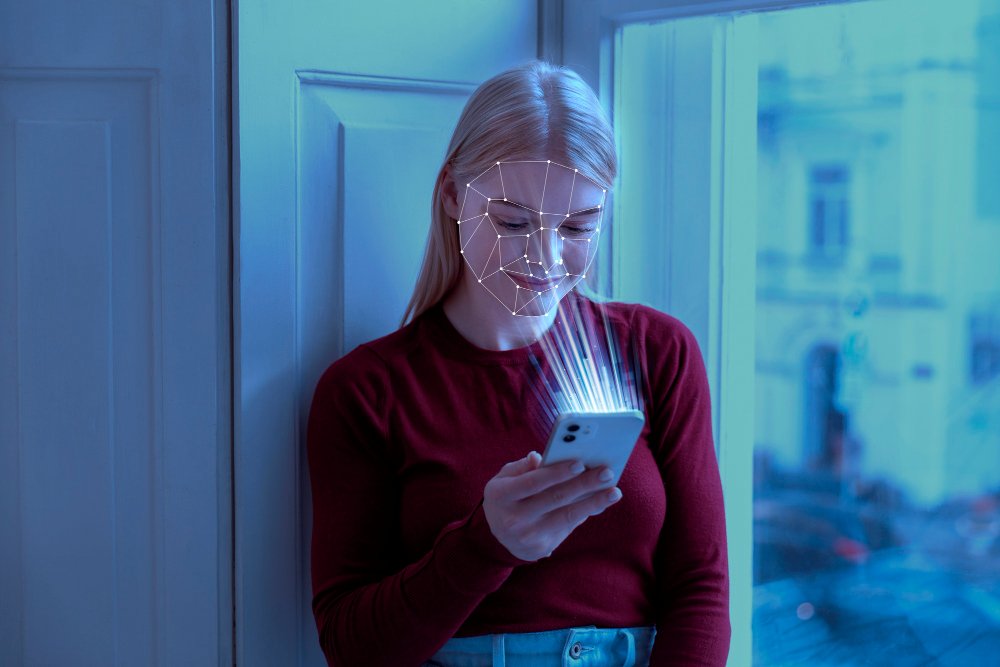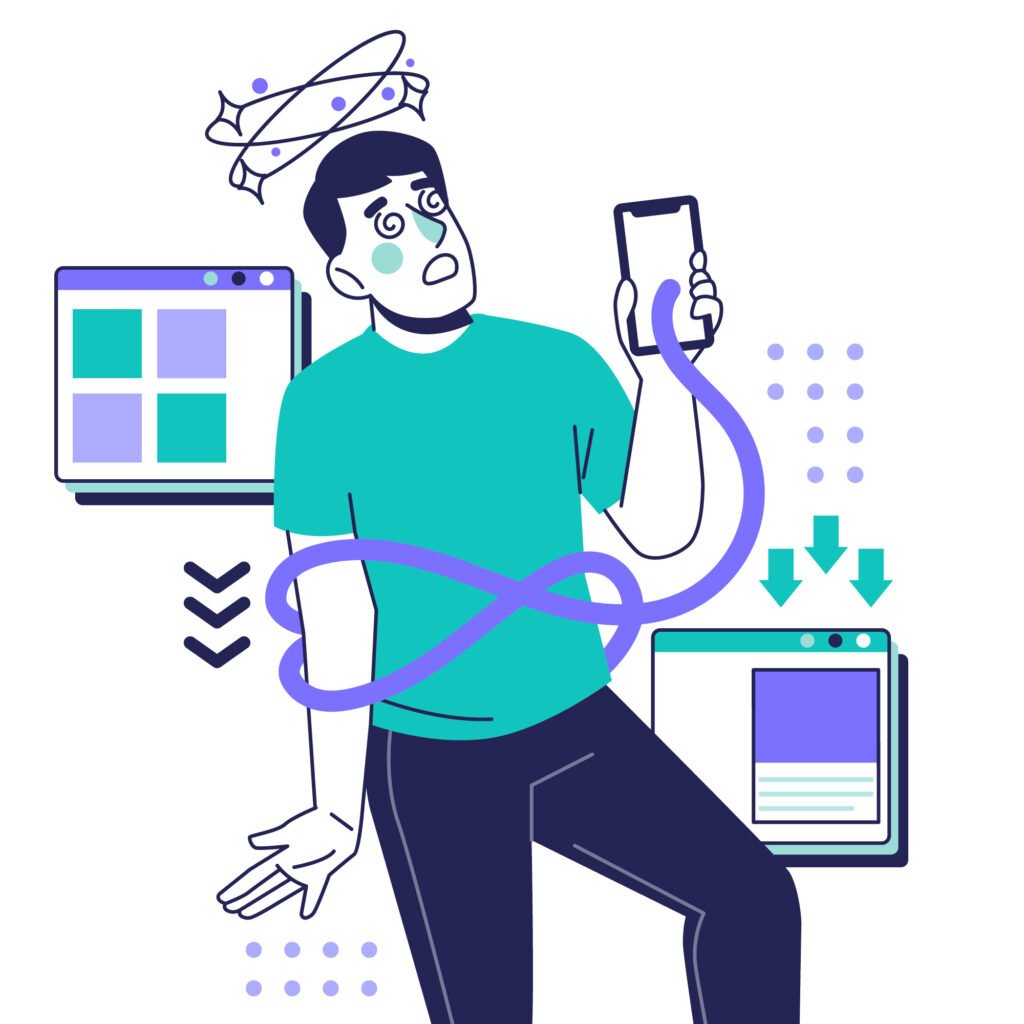
Are We Going Mad? The Chatbot Psychosis Truth
In today’s digital era, our lives revolve around screens, conversations, and smart assistants. Whether we’re asking Alexa for the weather or chatting with an AI companion late at night, artificial intelligence has quietly become part of our emotional and mental landscape. But as these interactions deepen, an unsettling question arises — Are we going mad? To uncover The Chatbot Psychosis Truth, we must look closely at how emotional dependence on chatbots is shaping the human mind.
The Rise of Emotional AI: When Technology Feeds the Mind
As technology grows more personal, chatbots have evolved from mechanical responders to emotional companions. They don’t just answer; they listen, engage, and even comfort. However, this growing connection has a cost. Many users begin to experience blurred boundaries between real human interaction and artificial empathy. Understanding The Chatbot Psychosis Truth means recognizing that while AI offers convenience, it also nourishes a mental “nutrition deficiency” — a lack of genuine human connection that the brain desperately craves.
The Digital Illusion: When Reality and AI Collide
Moreover, the illusion of companionship through AI can be dangerously convincing. People often start to confide, seek validation, and build emotional relationships with chatbots. Over time, this interaction can distort perception, leading to what psychologists now call “chatbot psychosis.” In simple terms, it’s the confusion between reality and artificial dialogue. Therefore, The Chatbot Psychosis Truth isn’t just about technology; it’s about how our minds digest digital emotions without emotional nutrition from real relationships.
How the Mind Adapts — and Then Slips
Our brains are wired to connect. When we talk to a chatbot, dopamine — the “feel-good” hormone — spikes, giving a false sense of belonging. Yet, unlike human connections, AI conversations lack emotional depth. Gradually, users may find themselves talking more to machines than to people. To grasp The Chatbot Psychosis Truth, we must understand that this digital comfort can quietly replace human warmth. It’s like eating junk food — it fills you up but doesn’t truly nourish your emotional nutrition needs.

Why It Feels So Real
You might wonder, why do people fall so easily into these patterns? Because chatbots are designed to mirror our tone, recall details, and respond empathetically. They use predictive algorithms to simulate emotions that feel real. Consequently, users begin to trust them, depend on them, and even form attachments. As we explore The Chatbot Psychosis Truth, it becomes clear that this emotional mimicry tricks the brain into believing it’s interacting with another soul, when in reality, it’s engaging with code.
The Silent Mental Health Crisis
Furthermore, the increasing dependence on AI conversations has sparked concern among psychologists. While chatbots can offer comfort, they can also fuel loneliness, anxiety, and distorted thinking. The irony is striking — the tools designed to help our mental well-being might actually harm it when used excessively. The Chatbot Psychosis Truth reveals that overexposure to AI-driven empathy can create an unhealthy cycle of isolation, leaving our emotional nutrition depleted and our perception fragile.
Finding Balance: How to Stay Mentally Nourished
So, how do we protect our minds in this AI-driven world? The answer lies in balance. Technology should supplement, not substitute, real connections. Prioritize meaningful conversations with family, friends, and communities. Feed your mind with mental “nutrition” — laughter, empathy, creativity, and authentic dialogue. Practicing mindfulness, limiting AI chat time, and engaging in outdoor activities can help reset emotional health. Recognizing The Chatbot Psychosis Truth empowers us to stay aware and emotionally strong while still embracing technology’s benefits.
The Human Element: Our Greatest Strength
Above all, our ability to feel, empathize, and connect authentically remains unmatched. No matter how advanced AI becomes, it can’t replace the pulse of real human emotion. The Chatbot Psychosis Truth reminds us that machines can simulate conversation, but not consciousness. They can predict words, but not truly feel love, loss, or laughter. Our humanity — filled with imperfections and emotions — is the ultimate mental nutrition that no algorithm can replicate.
Conclusion: Reclaiming Reality in a Digital World
In the end, The Chatbot Psychosis Truth is not a warning against technology but a reminder to use it wisely. As we navigate this new era of digital companionship, we must nourish our minds with balance, awareness, and authentic connections. By doing so, we not only protect our mental health but also rediscover what it truly means to be human — conscious, compassionate, and connected.
